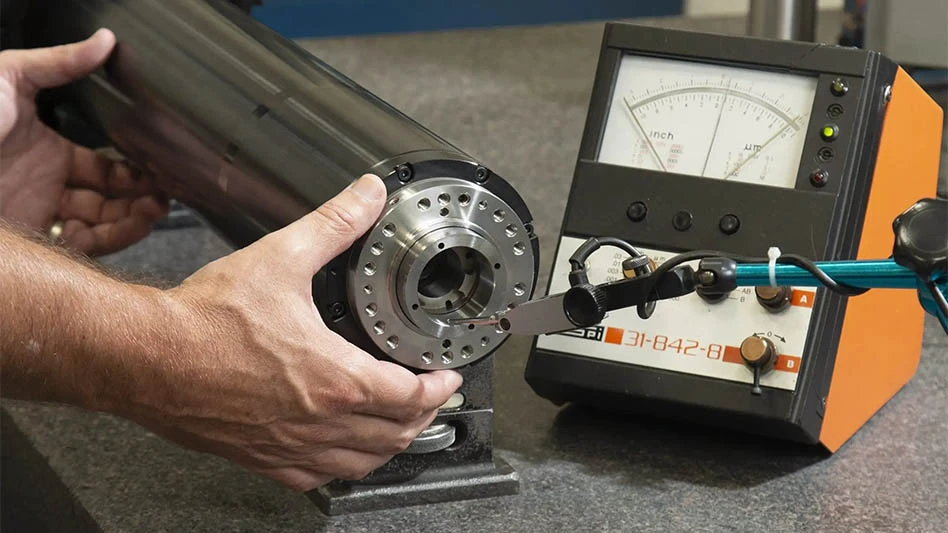
Oklahoma City – Northrop Grumman Corp. has successfully completed a major U.S. Air Force review of a new software upgrade for the B-2 stealth bomber.
The upgrade is part of the Air Force's Flexible Strike Phase 1 program. It is the first step in a process that will help increase the jet's mission capabilities and reduce its maintenance costs. Northrop Grumman is the Air Force's prime contractor for the B-2.
"We're simplifying the software used by the B-2 to manage its weapons," explained Dave Mazur, vice president and B-2 program manager, Northrop Grumman Aerospace Systems. "Today we have several standalone programs that each manages a specific type of mission. We're replacing that software with a single program that can manage all of those mission types."
The result, Mazur added, will be a more reliable, more affordable way to maintain the bomber's mission readiness.
The preliminary design review (PDR) is the company's opportunity to show the Air Force that it understands the required interactions between the aircraft and its weapon systems, and that the new software will manage those interactions correctly. PDR was conducted Feb. 26-27, 2014, at Northrop Grumman's B-2 facility in Oklahoma City.
For the Flexible Strike Phase 1 program, the company plans to replace multiple operational flight programs (OFP) – embedded software that allows the B-2 to communicate accurately with the equipment that holds and dispenses its weapons – with a single OFP. The upgrade is expected to improve B-2 mission effectiveness.
The Flexible Strike program is the first B-2 modernization effort to take advantage of the enhanced communications infrastructure Northrop Grumman created for the first increment of the B-2 EHF satellite communications program. Those improvements included faster processors, a fiber optic network, and increased onboard data storage, all of which help the bomber manage more information at higher speeds.
The B-2 is a long-range, large-payload U.S. aircraft that can penetrate deeply into access-denied airspace. It can fly more than 6,000nm unrefueled and more than 10,000nm with just one aerial refueling, giving it the ability to reach any point on the globe within hours.
Source: Northrop Grumman
Latest from Aerospace Manufacturing and Design
- JetZero all-wing airplane demonstrator achieves milestones
- Cermet indexable inserts for medium turning operations
- Trelleborg acquires Aero-Plastics
- Industrial automation products, enclosed encoders
- #61 - Manufacturing Matters: CMMC roll out: When do I need to comply?
- AIX shows aircraft interiors are a strategic priority for global airlines
- Machine Tool Builders Roundtable: Turn equipment into expertise
- No time to waste: How to machine MedTech parts more efficiently





